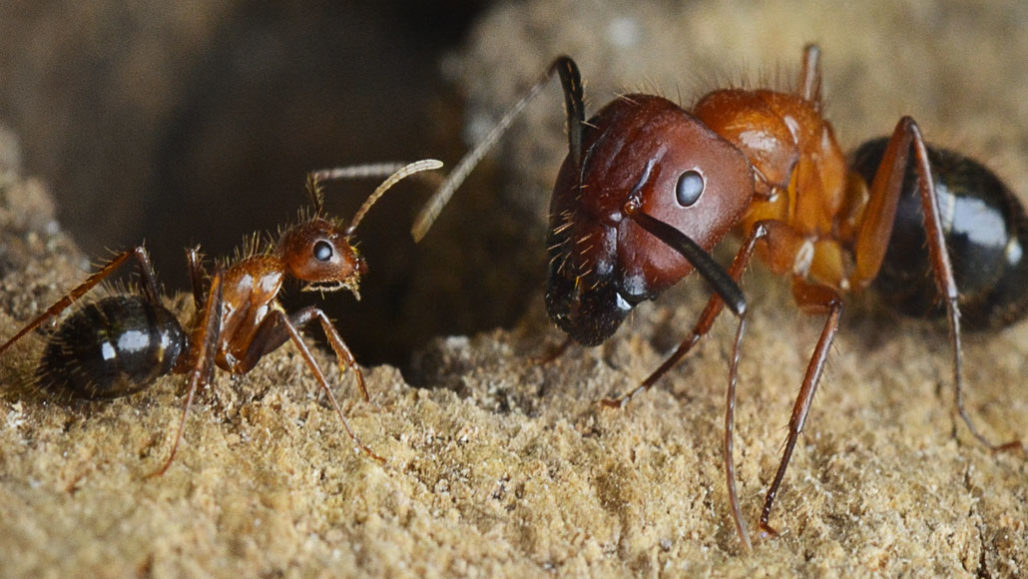
Evolution in animals sometimes means that certain functions need to be arrested. Orca whales adapted to their environment in the water by losing function in 85 genes. Hippopotamuses like the Orca are in the Cetaceans order, the two cousins share these 85 genes and differ only in that the Hippotamus still uses the 85 genes. By arresting a gene involved in DNA repair called POLM, which is highly error-prone at best, the Orca is now able to repair DNA with higher fidelity. The benefits of this gene being arrested comes in handy after the whale's lungs collapse during deep dives. The DNA in the lung cells undergo damage due to low and high cycles of oxygen. By removing the unreliable enzyme for DNA repair the lung cells will be reliably repaired.
This discovery is extraordinary because it fills in a piece of a large puzzle. It brings to light our advancements in attaining information as well as how much information is still missing. The article doesn't explain how the genes are inactivated. Also, can these whales be further optimized with new gene-editing tools like CRSPR/dCAS9? What is truly amazing is how vast the difference is between the Hippo and Orca. It highlights how small changes give rise to two totally different animals.
https://www.sciencenews.org/article/losing-genes-may-have-helped-whale-ancestors-adapt-life-underwater

Explaining Different Behaviors like whether an ant becomes a warrior or forager is linked to a genetic origin. Researchers posited that if one could enable or disable some type of genetic switch, behaviors in ants could be manipulated. CoREST is that genetic switch and showed that ants can be reprogrammed to do different jobs like a soldier ant being turned into a forager ant. Shelley Berger, a molecular biologist at the University of Pennsylvania Perelman School of Medicine says, "[this is]... the first epigenetic mechanism found in ants to regulate behavior in the brain." They were able to boost CoREST in ants by injecting them with trichostatin A. Afterwards, with increased levels of CoREST, the enzyme that breaks down the juvenile hormone is repressed. By repressing the enzyme, ants like the soldier ants with lower levels of CoREST can be made to have elevated levels of CoREST and become more like the forager ants.
These findings are sort of ambiguous because if an injection is needed to elevate a chemical, then how often will the injection be needed? On the other hand, it is also the begining of explaining ants' social behavior. These are questions that have lingered for so long and now are beginning to be answered.
https://www.sciencenews.org/article/flipping-molecular-switch-can-turn-warrior-ants-into-foragers
No comments:
Post a Comment